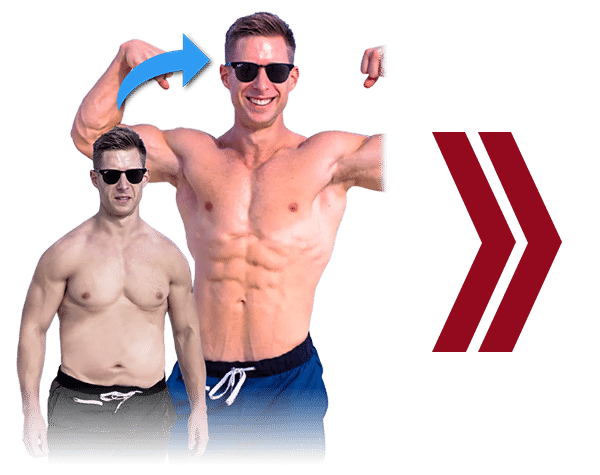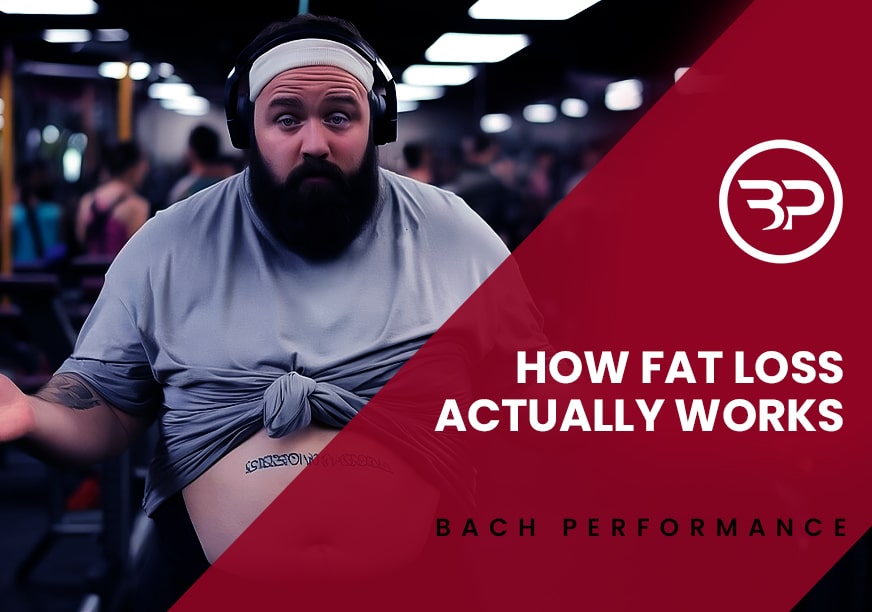25 for 25:Training Tips to Build Muscle, Strength, and Athleticism-Part 1
April 22, 2014
Considering I turn 25 at the end of this month I thought it’d be cool to spin off 25 Tips for 25 Years. Yep—Training Tips to build muscle, strength, and athleticism tossed in with a few bits of randomness to guide your pursuit of a strong, shredded, and athletic body.
Well, That was the plan. Then I couldn’t stop writing so you’re in for a few bonus tips.
Nuff’ chit-chat, lets get down to business.
1.Take Everything with a Grain of salt
I used to believe everything said by my peers —whether it was from a popular website or word of mouth from someone in great shape if It was on the web or important enough to share it must be true. Problem is everyone has their biases and is a product of their unique experiences. It’s best determine things for yourself by becoming educated with experience in the gym, under the bar, on the field, and through science.
Bottom Line: Try to take something from every experience and apply it to make yourself better, but also ask ” why do they think this, what is there past, and does this necessarily apply to me.” Success speaks, but question everything with an open mind and find out “why”.
2. Focus on Hip Extension Dominant Exercises
Most people are unable to master the basic “hinge” position and as a result use their lower back for most exercises, stick to potentially dangerous machines, and can’t reach full hip extension.
The result?
Pancake asses, back injuries, and no explosive power.
Tisk, Tisk.
Flip the script and master technique with exercises like Romanian Deadlifts, trap bar deadlifts, hackey pulls, cleans, and glute-bridges. In addition to growing a glorious set of butt cheeks you’ll be training movements that transfer athletically, resist back injuries, and improve your posture.
3.Play
Luckily I had great parents growing up that taught me you reap what you sow and instilling the value of hard work. Problem is I have issues relaxing and turning the switch to “off” until recently.
Hard work is great, but being all-work and no play is recipe for burnout and a pretty unhappy life.
Work hard, but value un- winding and doing things for pure enjoyment.
P.S. go do something fun immediately after reading this.
4. Stop Training to Failure
Performing an exercise to failure consistently zaps the central nervous system (CNS) and will leave you exhausted and unable to train hard consistently. There’s a difference between what you feel and what’s creating an actual training stimulus. Keep the burn-outs to a minimum or at least stick to low-risk exercises like bodyweight movements or isolation exercises.
5. Use a 1:2 Push: Pull ratio
I’ve had Cranky and crunchy shoulders for years but I’ve still made pushing the most weight I could a priority.
Why?
That’s a damn good question. It’s probably because XYZ program from (enter your favorite major fitness site) said I need to train a big bench press or I’m a sissy destined to be small, weak, and un-athletic.
Personally, it’s no longer worth blitzing my shoulders to add 5 lbs to my bench, so I overhauled my training with a push-pull ratio of 1:2 and even 1:3 with carefully planned heavy pressing to fill my ego. The result—Healthier (and bigger) shoulders, better posture, and a thicker yoke. Add in chin-ups whenever you pass the bar, do 100 band-pull a-parts daily, and perform a pulling exercise between every set of pushes.
6.Train Heavy When Dieting
Let’s make this clear—doing a significant cut really sucks, but the results are well worth it when you get that six pack or fit back into your “skinny clothes”. Problem is most people blitz themselves with high volume and low loads when in a caloric deficit.
That’s a No, No. Too much volume will be more than you’re able to recover from, zapping your energy and wrecking your hormones.
Instead, use loads of 85+% of lifts to maintain/improve testosterone production, maintain strength, and preserve muscle mass when in a caloric deficit.
7.Erghh ma Gerd Carb Backloading
I’ve spoken ad-naseum on carb cycling and the importance of food choices over other factors, but carb backloading is awesome.
What it is: Eat a diet focused around healthy fats and lean protein for the majority of your day. Then, have large qualities of carbohydrates (if it fits your goals) at night.
By keeping carbs towards the end of the day you’re allowed more freedom to eat socially—large meals at night where you relax and enjoy good company. The increased carbs at night promotes relaxation and serotonin production, helping you sleep like a post-Thanksgiving turkey bender.
8. Take a Damn De-load Week
Like most of you I’ve fallen prey to the thought that more exercise is always better. Problem is if you never back off with a deload you’re really limiting your performance gains and opening the door for injury.
It’s so important that I wrote an entire post on the deload and how to do it. Click here for the piece I did for Dean Somerset ==> Recovery and Adaptation: The missing piece in Training Programs
9.Mini-Workouts
Jump out of your chair and do 20 push-ups and 20 squats. Feel better?
Thought so.
Intersperse bodyweight workouts throughout your day whenever you get the chance: Do Push-ups, pull-ups, squats, or whatever floats your boat. You’ll feel better and accumulate a ton of training volume that adds up big time.
10. Read 1+ Hour/Day
I’m an avid reader, but it wasn’t always that way. Like anything else reading is a skill, you must extract the information you’re consuming and absorb it like a sponge.
You won’t get a better education value than spending $20 on a book every few weeks. There are people much smarter and better at things than you and I; invest your time in critically reading their work and you’ll hone your craft rapidly.
Vary your reading and get a blend—marketing, training, business development, sci-fi, 50 Shades of Kinky Grey it doesn’t matter, read things that challenge your mindset with the intent to learn. If you pick up a few things and disregard the rest of a book it’s perfectly fine.
Here are five of my favorites:
- The Power of Less by Leo Babauta
- Seth Godinà anything by him is gold
- Supertraining by Siff and Verkhoshansky (get your exercise nerd on!)
- The Four Hour Work Week by Tim Ferriss
- Why Zebras don’t Get Ulcers By Robert M. Sapolsky
11.There is No Perfect Diet
Food choices are the key, not how and when you eat them. Intermittent fasting, carb backloading, six-meals per day, and Atkins are all great, but there is no perfect diet. Find what style of eating best suits your busy lifestyle, and then implement it with high quality food choices and discipline.
12.Sacrifice
How far you fly depends on how hard you’re willing to work and what sacrifices you will make. Going out to get blitzed on Jager-bombs every weekend might be fun, but it’ll negate your diet and hard-work from the gym. While you don’t need to completely neglect things you enjoy, step back, and see where you can improve.
13.You get what you train for
If you train like a bodybuilder you might build some solid muscle, but probably won’t be too athletic. Same thing with powerlifting, you’ll get strong, but will it transfer to looking good naked and being a high-performance beast? Nah. You MUST train for what you want. If you’re training is imbalanced your results will be imbalanced. If you don’t jump, run, cut, throw etc. you won’t be athletic, you’ll look like Tarzan and play like Jane.
Closing Thoughts:
“Wait, what? I thought you said 25?” I didn’t forget, but I know you and I can only focus on a blog post for a few minutes. Anymore and I start drawing random animals on the “paint” application and you’ll browse ESPN for the latest arrested athlete.
Anyways, some of those may be old-hat, but i’d implore you take these tips to heart and improve where you find holes in your life and training. Whether it immediately improves your training balance or makes you smarter I’m willing to bet you’ll take your training up a notch.
In Strength,
Eric
[P.S. Like This post? Share with your favorite social media site with the floating tool bar on the left side of your screen.]










